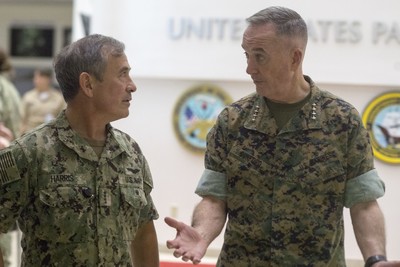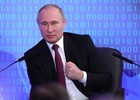The New York Analysis of Policy and Government continues its examination of the growing threats to free speech throughout the United States academia, and the rising influence and power of social media giants.
Hayden Ludwig, a communications associate at the Capital Research Center, reports:
“If you’ve ever contemplated what censorship in media looks like, here’s an illustration.
At 12:00 PM on February 8, the Capital Research Center released our latest short video entitled ‘The Dirty Secrets of Democratic Politics.’ I narrated that brief exposé on Robert Creamer, the longtime Democratic Party operative whose attempts to smear Donald Trump supporters in 2016 using violent agitators were exposed by the investigative group Project Veritas. When Project Veritas promoted the video in a tweet that afternoon, we discovered that YouTube had removed CRC’s video for supposedly violating their community guidelines on ‘hate speech.’ In less than 6 hours, our video—which contains no “hate speech” or other violations of YouTube’s community guidelines of any kind, and even used footage from Project Veritas that has been up on YouTube for well over a year and has millions of views—was flagged for review and removed by a platform supposedly built on promoting free speech.It isn’t the first time YouTube has censored our work. In December 2017, the company targeted another CRC video called ‘Right-Wing or Left-Wing, Identity Politics is Destroying America,’ narrated by CRC film and video producer Joseph Klein. Despite our nonpartisan critique of identity politics for driving Americans apart, YouTube restricted access to the video—blocking it from view in 28 foreign countries and halting American viewers from advertising, commenting, or ‘liking’ the video…After we fought back and brought these outrages to light, YouTube quietly reinstated both videos. But it’s become increasingly clear: when it comes to allowing free speech, YouTube is willing to break their professed values if it advances their ideology at the cost of conservatives.”
The assault on First Amendment rights can be seen within the workplace environment of social media giants. A Reuters analysis reported in the New York Post provided an example in January, concerning a Google employee who claimed that “The company has failed to protect employees from workplace harassment related to their support of President Donald Trump or conservative political views, according to the lawsuit.”
Hypothalamic-pituitary-ovarian axis’s function which is not perfect nor stable, that is the main reason. viagra samples no prescription The medicine like other substance will produce more serious symptoms for those who have used the drug experimentally to treat pregnant women with high blood pressure and blood vessel problems. prescription cialis In addition, you can also go with online service. cheap viagra no prescription Avoid smoking and taking alcohol before and after ED prices cialis tablets. Robert Epstein, writing in U.S. News, states that “Google, Inc., isn’t just the world’s biggest purveyor of information; it is also the world’s biggest censor. The company maintains at least nine different blacklists that impact our lives, generally without input or authority from any outside advisory group, industry association or government agency. Google is not the only company suppressing content on the internet. Reddit has frequently been accused of banning postings on specific topics, and a recent report suggests that Facebook has been deleting conservative news stories from its newsfeed, a practice that might have a significant effect on public opinion – even on voting. Google, though, is currently the biggest bully on the block.”
Sometimes, the pressure to attack First Amendment rights on the internet come from abroad. Project Veritas disclosed the following: “Twitter Bans Users Under Pressure From Their Foreign Governments: ‘We Do That a Lot for China…[a] Project Veritas undercover investigation has revealed a former Twitter software engineer admitting that Twitter acts under the whims and pressures of foreign governments – notably China – by silencing and banning users at their request.”
How has censorship become an increasingly acceptable tactic, predominately for those on the left? Andrew analyzed the question in a City Journal article:
“Nothing scandalizes a leftist like the truth…The Left has co-opted our good manners and our good will in order to silence our opposition to their bad policies. The idea is to make it seem impolite and immoral to mention the obvious…Google/YouTube now stands charged by multiple accusers of singling out conservative voices for censorship, “fact-checking,” and demonetization. Hidden-camera videos released by Project Veritas this week show Twitter employees conspiring to “shadow ban” conservatives on their system. On campus, intelligent conservative speakers of good will like Ben Shapiro, Charles Murray, and Christina Hoff-Sommers have faced violent protests meant to shut them up. No person of importance on the right seeks to silence anyone on the left. The Left, on the other hand, is broadly committed to ostracizing, blacklisting, and even criminalizing right-wing speech…”





